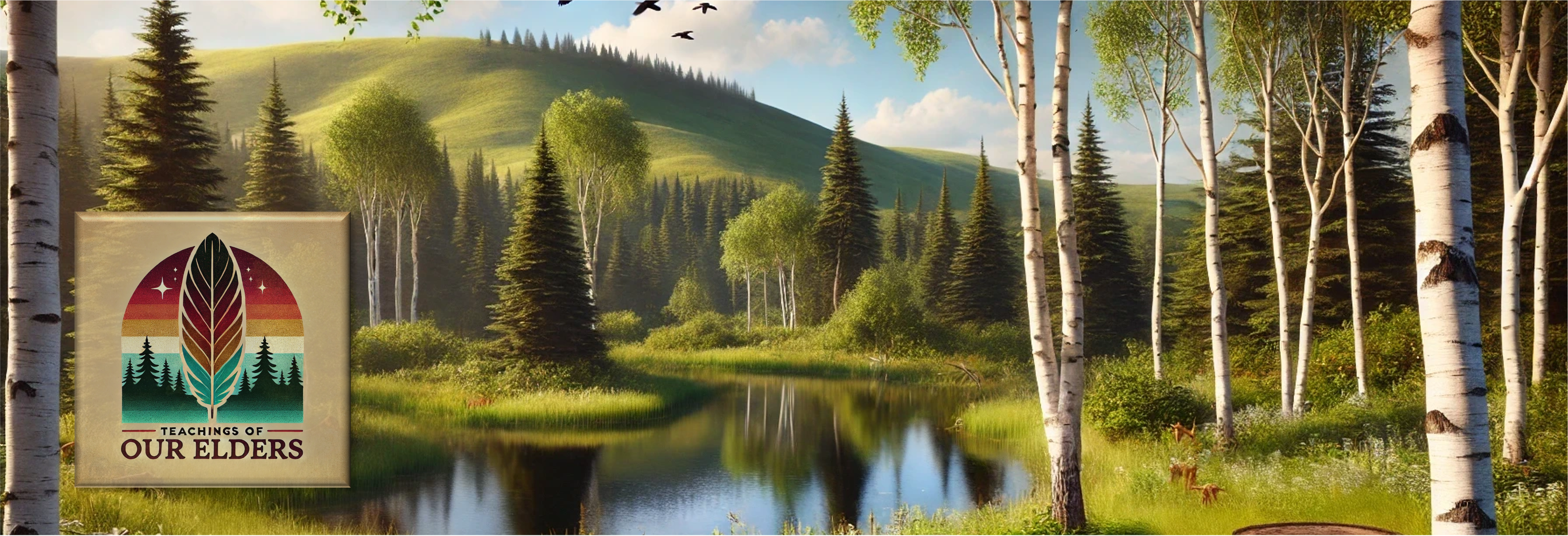| Inquiry Design Model (IDM) Blueprint™ |
| “What’s In a Name?” |
| NDNAEU 2 “Learning & Storytelling”, NDNAEU 7 “Native Identity” |
| Compelling Question | Is there a story behind a name? |
| Standards and Practices | RL 2.3 Recount stories, including fables, folktales, and myths from diverse cultures to determine the central message, lesson, or moral and explain how it is conveyed through key details in the text. RI 5.3 Use text features and search tools (e.g., key words, sidebars, hyperlinks) to locate information relevant to a given topic efficiently W 3.3 Write narratives to develop real or imagined experiences or events using effective technique, descriptive details, and clear event sequences. a. Establish a situation and introduce a narrator and/or characters; organize an event sequence that unfolds naturally. b. Use dialogue and descriptions of actions, thoughts, and feelings to develop experiences and events or show the response of characters to situations. c. Use transitional words and phrases to signal event order. d. Provide a sense of closure SL 3.3 Ask and answer questions about information from a speaker, offering appropriate elaboration and detail. SL 4.3 Report on a topic or text, tell a story, or recount an experience with appropriate facts and relevant, descriptive details, speaking clearly at an understandable pace. |
| Staging the Question | How do we get our names? |
| Supporting Question 1 | Supporting Question 2 | Supporting Question 3 |
| How do Native Americans get their Indian names? | What is the story behind your name? | How do other cultures around the world get their name? |
| Formative Performance Task | Formative Performance Task | Formative Performance Task |
| 1. Read or listen to the story, Knots on a Counting Rope. 2. Discuss how the boy got his name. 3. Watch elder interview, “There Is Always A Story To Tell”. 4. Make connections between how the boy got his name and how the elder got his name. 5. Research naming activities of different Native America Tribes 6. Using the information gained from the research, create your own Native American Name. Design a poster with the newly created name along with an explanation of why you choose that Native name. | 1. Reread or listen to the story again. Discuss why they tied knots in the rope. 2. Watch elder interview, “Just Listen”. Have students think-pair-share the “learn about questions” and “learn from questions. 3. Students should make the connection between elder interviews and the story: the importance of listening and retelling stories. 4. Have students research how they got their names and the meanings behind them by listening to stories from family members. Students can use the “learn from questions” from “There Is Always A Story To Tell” to guide their research. 5. Bring responses back to school to share. | 1. Research naming activities in different cultures from around the world. 2. Choose 4 different cultures to compare and contrast their naming traditions with your culture. 3. Create a 4 tab foldable to record the information. |
| Featured Sources | Featured Sources | Featured Sources |
| http://www.storylineonline.net/knots-on-a-counting-rope/ https://teachingsofourelders.org/theres-always-story-oliver-gourd/ http://sweetgrasstraditions.tripod.com/customs.html https://www.kidsinthehouse.com/all-parents/values-and-beliefs/religion-and-spirituality/importance-naming-ceremony-tribal-cultures | https://teachingsofourelders.org/just-listen-oliver-gourd/ | https://www.babycentre.co.uk/a568884/baby-naming-practices-from-around-the-world |

